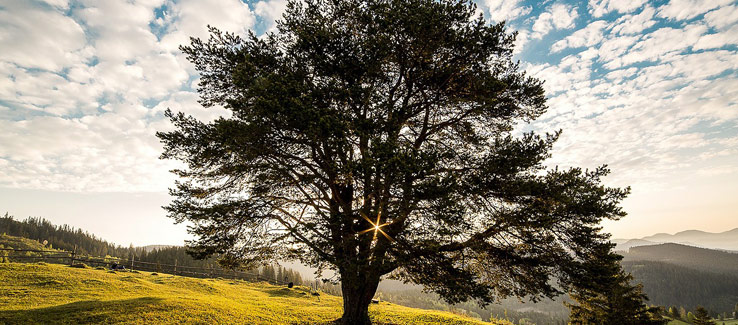Fertilization Basics for Healthier Trees
Preventing trees from dying is easier when you understand their basic fertilization needs. When you blow or rake away fallen leaves, you are removing the tree’s natural food source. Read on to discover how to replace it.
Without periodic soil testing and fertilization, your tree’s health may decline. When this happens, insect infestation and disease may successfully attack and kill your tree.
fasttreeremovalatlanta.com collected information about fertilizer use, composition, and application, offering valuable insight into keeping your trees robust and healthy.
Why Do We Fertilize Trees?
Trees in landscapes and urban settings will require periodic fertilization to grow and remain healthy. In other settings, trees are able to fertilize themselves through the decay of fallen leaves and needles.
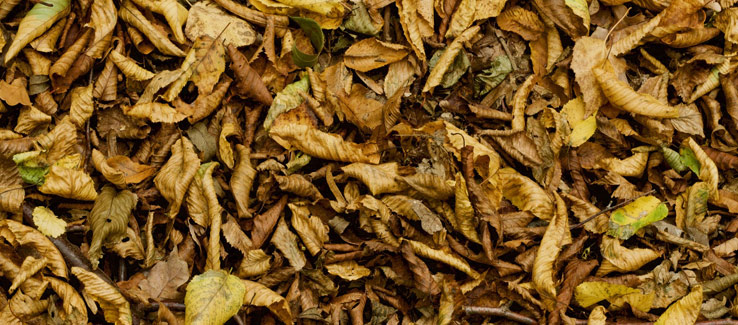
Rich soil composition is vital to a tree’s health as it requires the availability of the following 18 nutrients and minerals:
The trio of hydrogen, carbon, and oxygen are used for cell formation and the production of food within the tree. While carbon and oxygen are absorbed from the atmosphere, hydrogen is acquired from the water absorbed by the root system.
With the natural decay of organic material or the application of fertilizer, the remaining nutrients and minerals necessary can be acquired from the soil and absorbed by the tree’s roots.
One of the principle reasons for fertilizing trees is to keep them healthy. Healthy trees are highly capable of defending themselves from insect infestations and diseases.
When their health is compromised, the weather, insects, disease, and wildlife can contribute to their rapid decline and death.
When Should I Fertilize My Tree?
As a rule of thumb, fertilizing trees should be done in the fall (after the growing season) or in late winter (before the growing season begins).
Your tree may need fertilizer if:
• The leaves appear yellowish through the summer.
• The leaves gradually reduce in size each year.
• There is minimal growth, even with optimal conditions.
• Fall color change and leaf drop occur early.
While these are typical signals that a tree is lacking nutrients, they may also be a sign that insects or disease may be affecting the tree’s health. Read this article for 5 Must Know Tree and Shrub Disease Prevention Tips
Before fertilizing and hoping for the best, call a professional tree service or arborist to evaluate the situation.
What Fertilizer is Best for My Tree?
Annual soil tests can help you determine the correct fertilizer composition. These tests also help you determine the pH level of the soil.
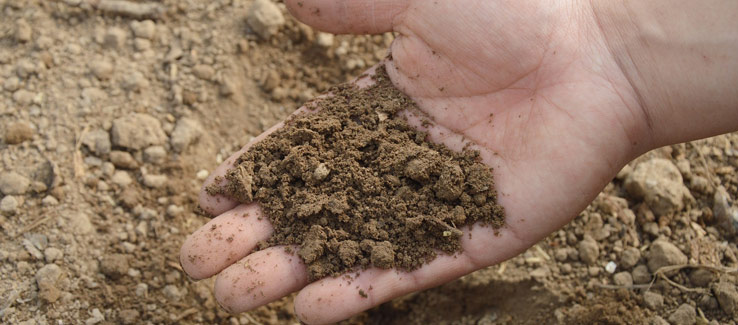
For trees that thrive in acidic soil, the pH level should be 6.5 or less, for those in base soil, that level should be 7.5 or above. Soil considered neutral has a pH of 7.0 (6.5 – 7.5).
Soil pH levels are easily adjusted by the addition of phosphoric acid or sulfur to make them more acidic. The addition of limestone, organic mulch, or wood ash will reduce the soil’s acidity. Many brands of fertilizer contain one or a combination of the above to adjust the soil pH level.
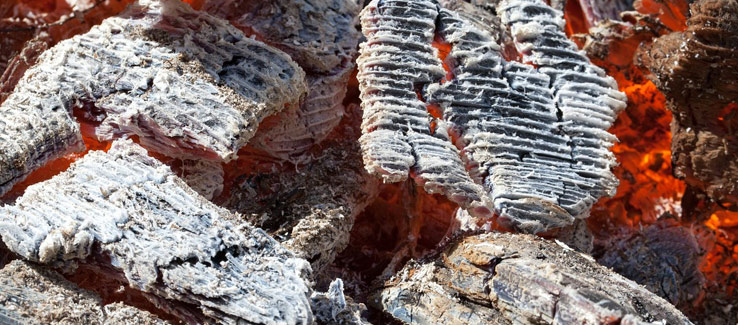
More often than not, the missing or deficient element in the soil is nitrogen, and as such, the majority of fertilizers contain it.
You can determine the composition of fertilizers in a retail setting by using the 3 numbers listed on the packaging. Those numbers represent the percentage by weight of:
• Nitrogen (N)
• Available Phosphorous (P2O5)
• Soluble Potash (K2O)
So, if the packaging of a fertilizer reads 10 10 10, that means that it contains 10% N, 10% P2O5, 10% K2O, and 70% inert filler. If there is a 0 in one of the three positions, that means the corresponding element is absent from the product.
Use these numbers to buy the fertilizer that will replace the deficiency in your soil.
Methods of Tree Fertilization
There are many ways to introduce fertilizer to a tree. The following are some of those methods:
Surface Application – Granular forms of fertilizer are evenly spread on the ground around the tree.
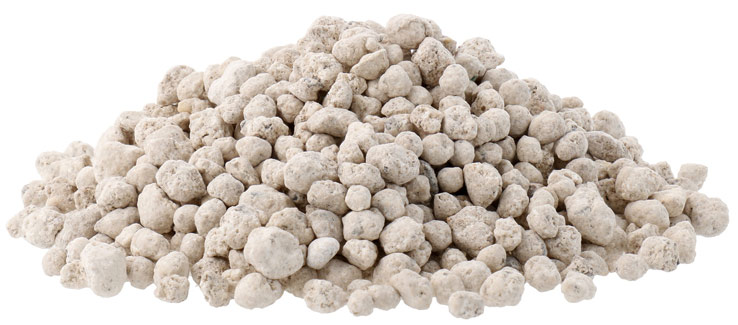
Fertilizer Spikes – This method involves driving fertilizer spikes into the ground spaced out around the tree.
Foliar Fertilization – This method uses liquid fertilizer directly applied to the foliage of the tree.
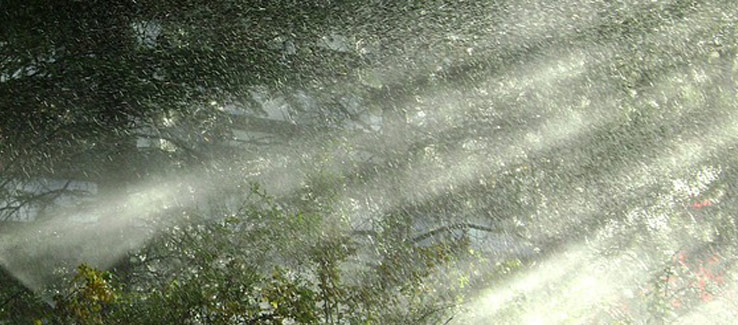
Filling Holes – Similar to the use of spikes, holes 1in in diameter and approximately 18in deep are filled with fertilizer. The holes should be about 3ft apart beginning 6ft from the trunk and extending just beyond the reach of the canopy.
Fertilizer Injections – For this method, a hole is drilled into the trunk of a tree, liquid fertilizer is injected, and the hole is plugged. (There is still much research to be done on the long-term impacts of this method)
Annual Fertilization for Tree Health
Don’t allow your trees to starve to death! The soil composition of your yard may ultimately determine whether your tree grows and flourishes or withers and dies.
In this article, you discovered the importance of using fertilizer, its composition, and its proper application to promote tree health. You also uncovered the importance of the soil’s pH level and how fertilizer can help you adjust it.
Failing to provide essential nutrients to your trees can weaken them, leaving them vulnerable to insect infestation and disease. In short, neglecting to fertilize your trees when they need it can kill them.
Sources:
http://msue.anr.msu.edu/uploads/files/Fertilizer_application_methods_and_placement_Rebecca_Finneran.pdf
https://extension.tennessee.edu/publications/Documents/SP548.pdf
https://pss.uvm.edu/ppp/articles/treefeed.html
(404) 220-9965

